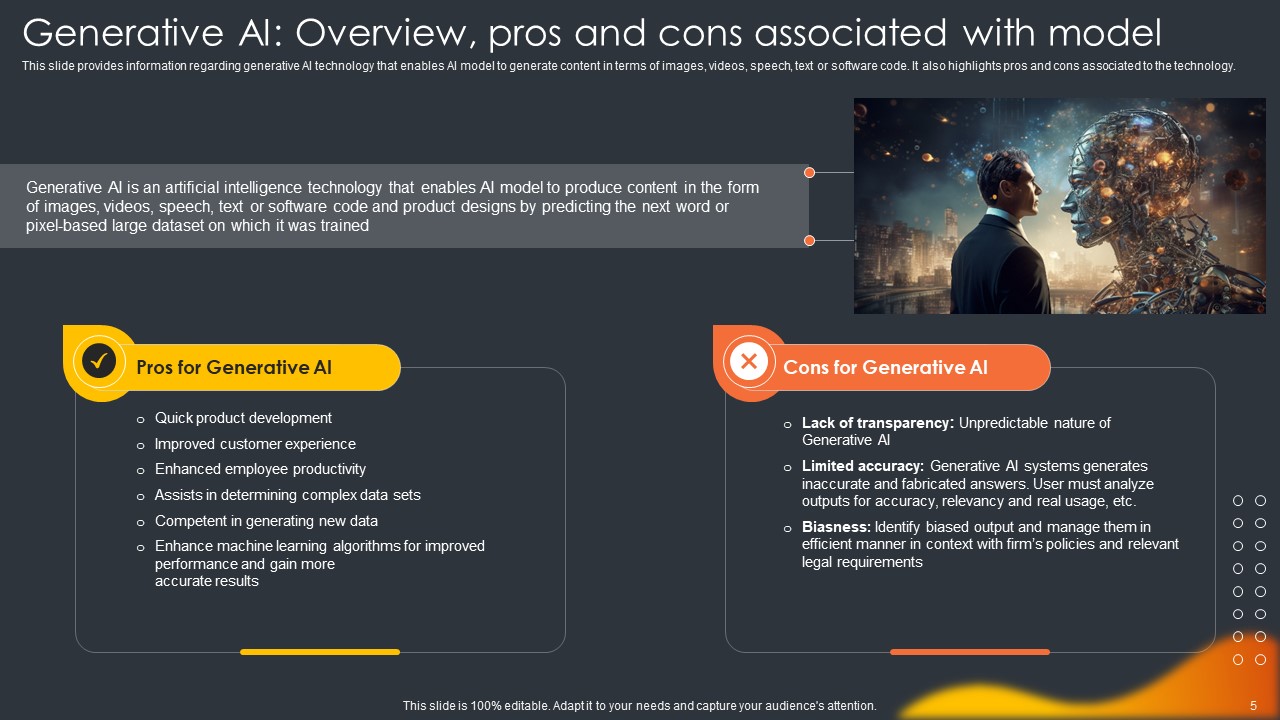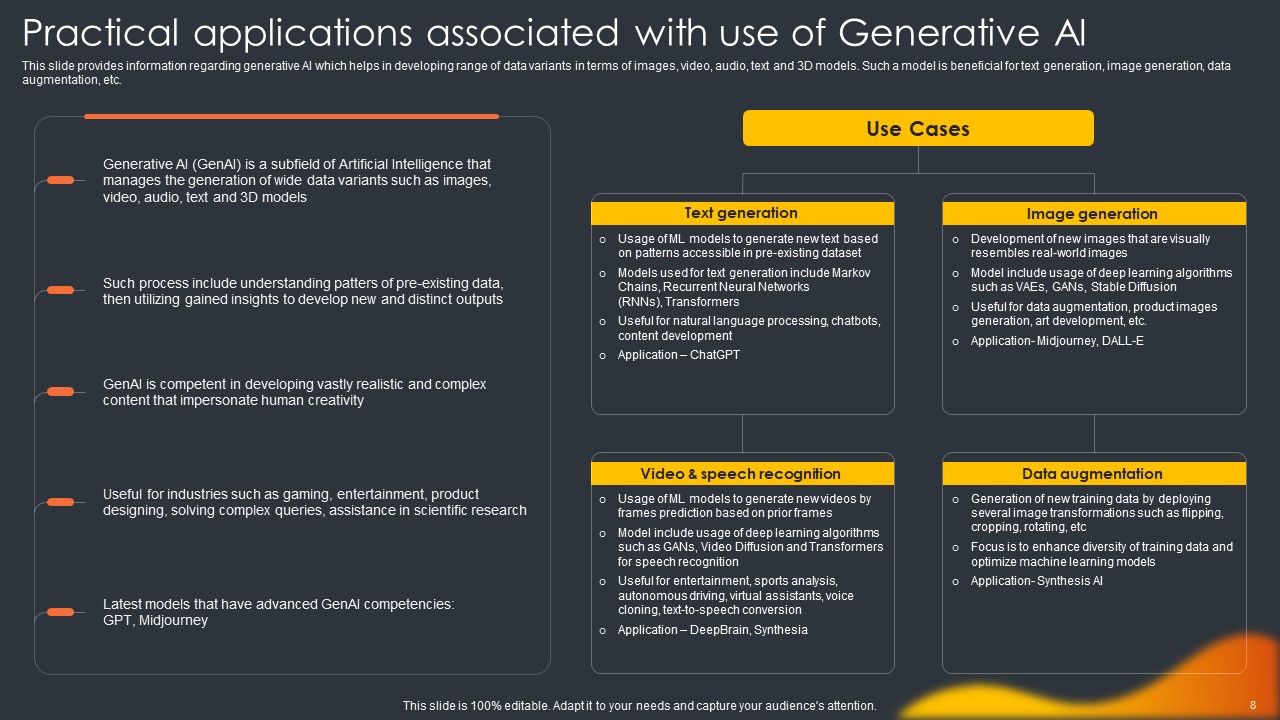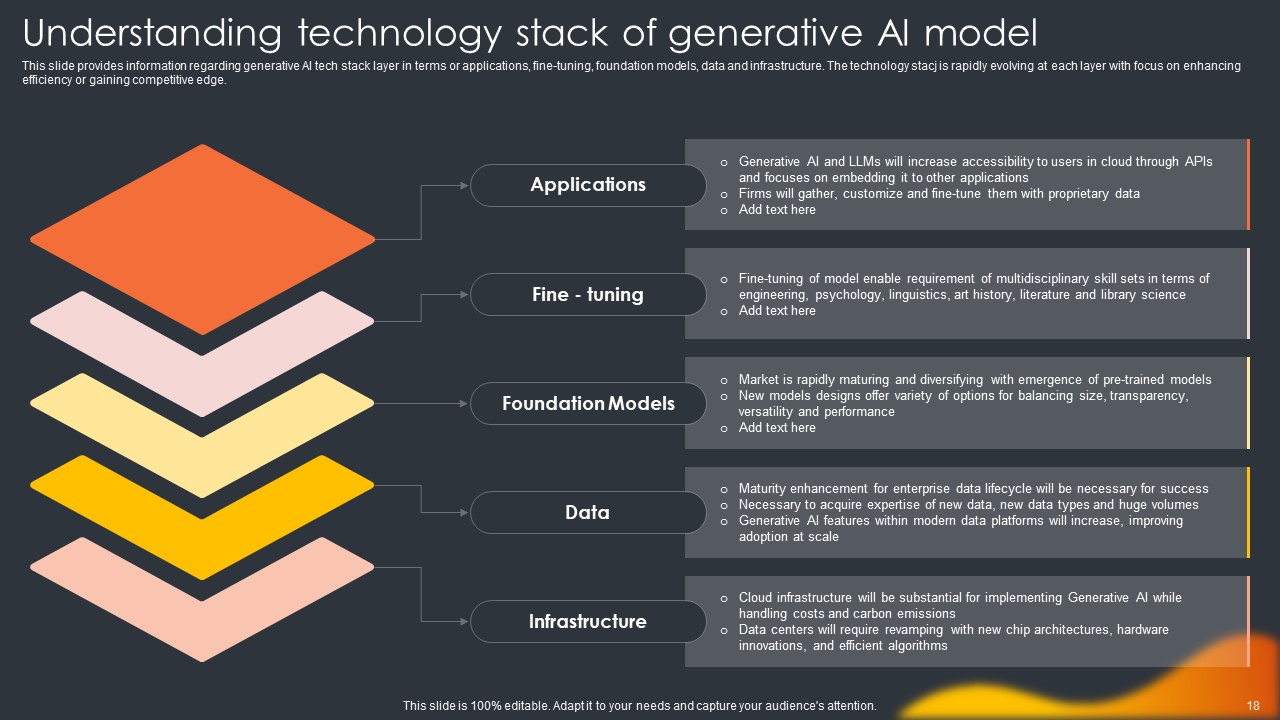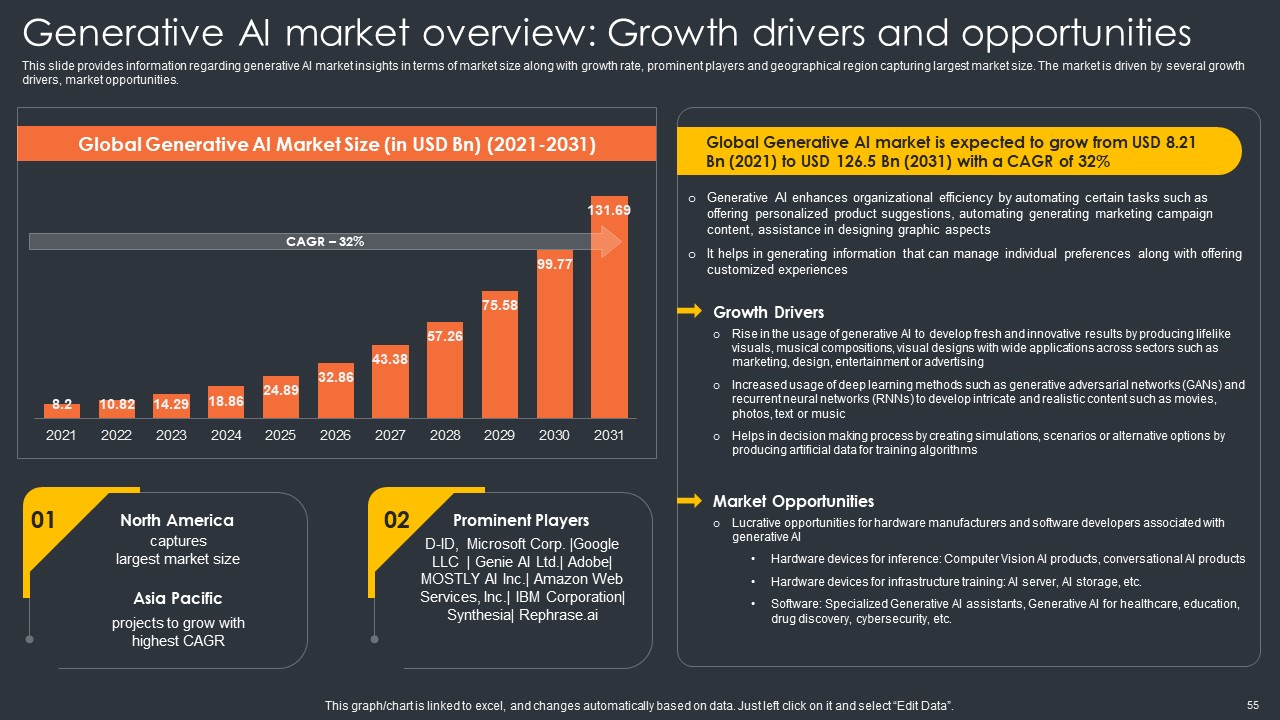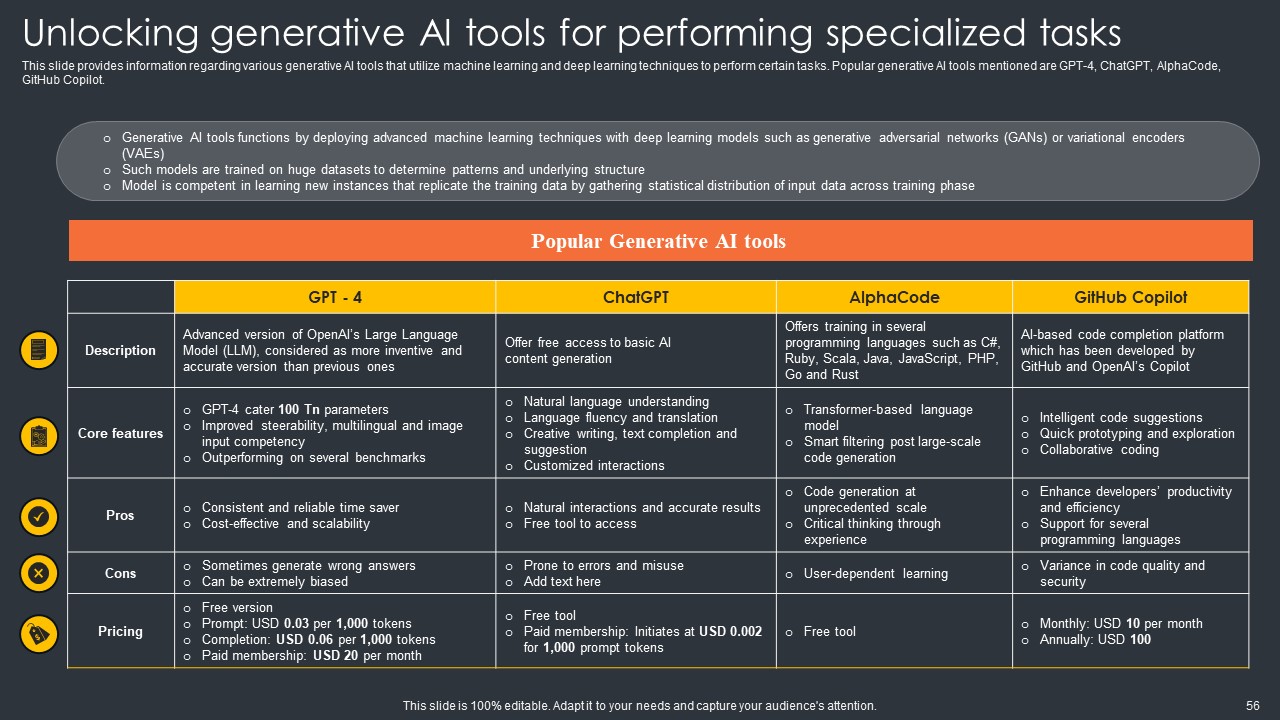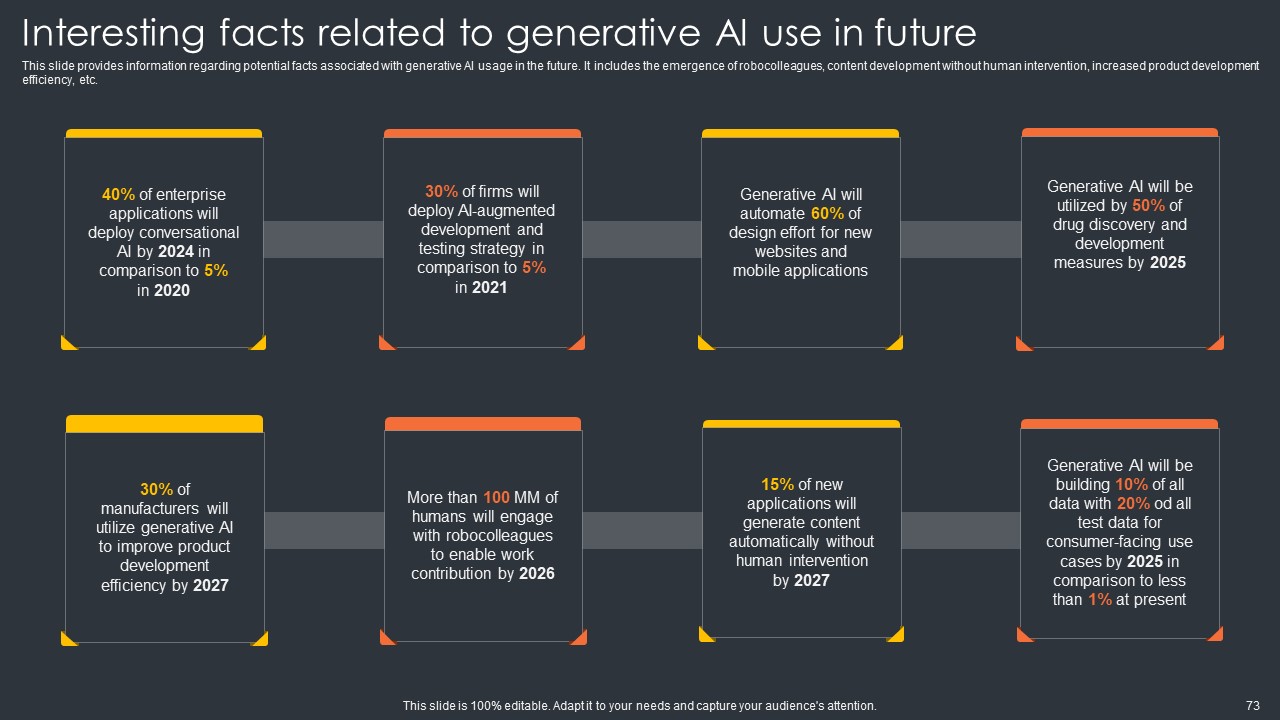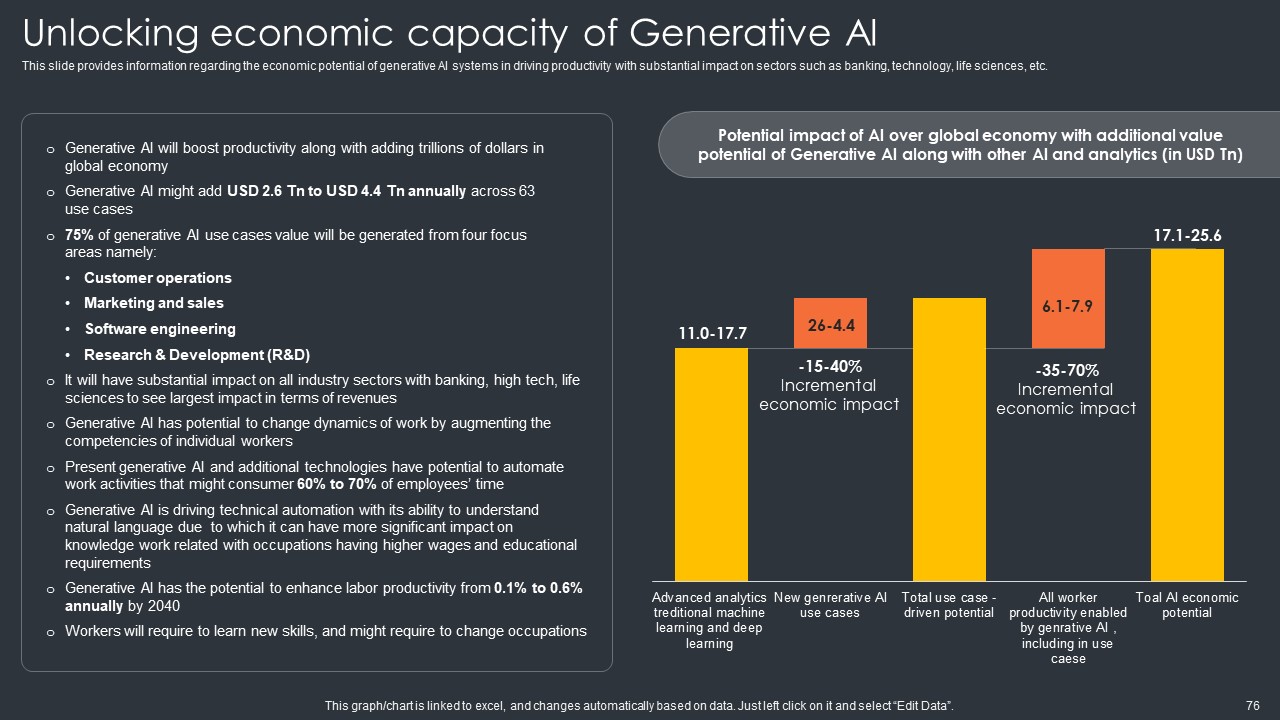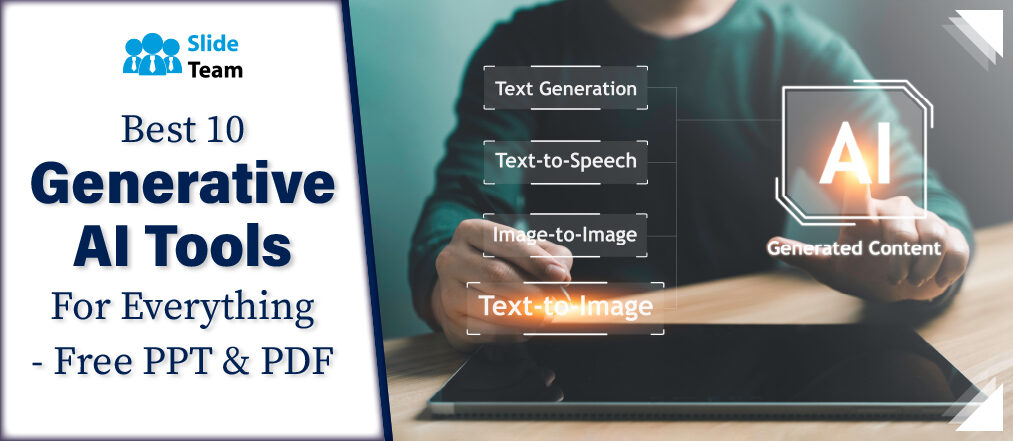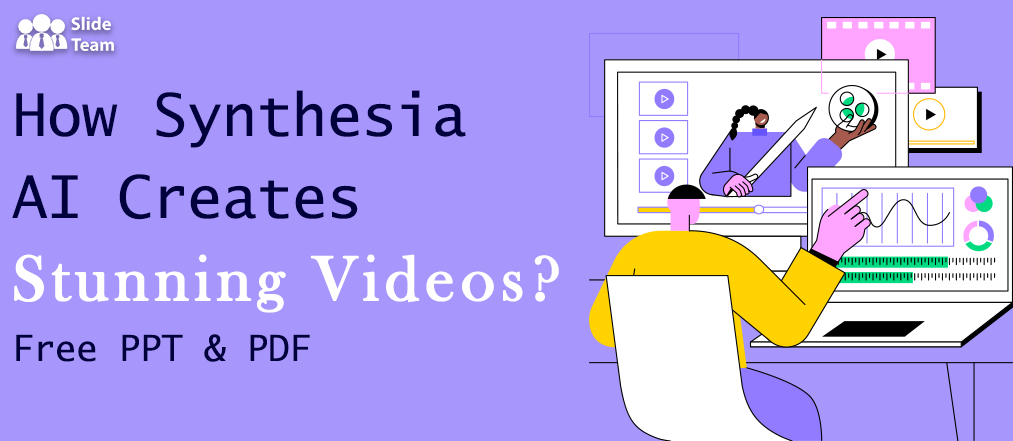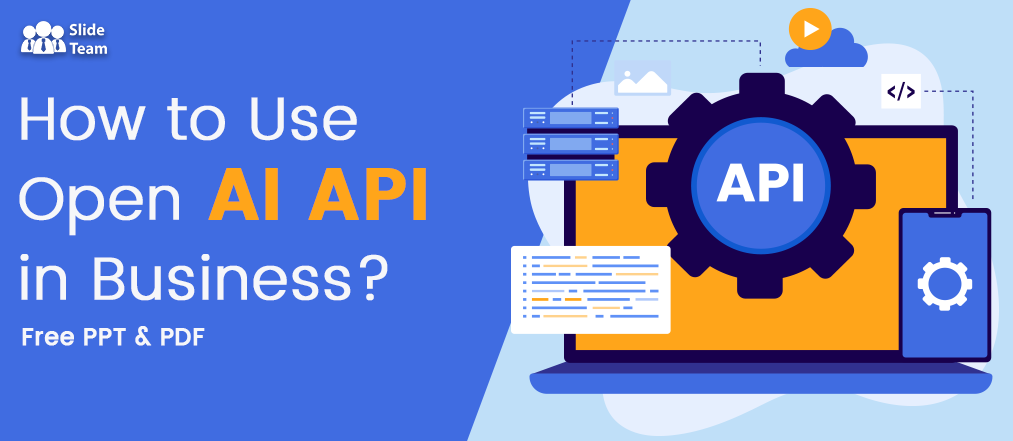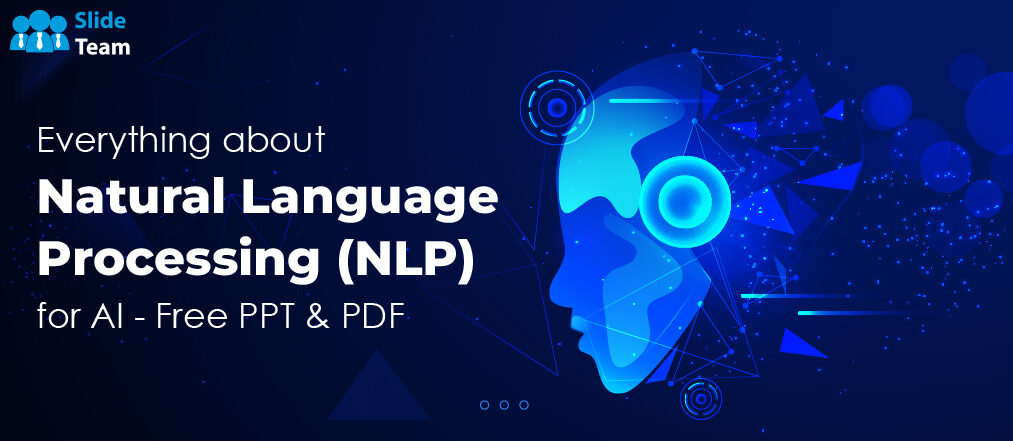In this competitive world, generative AI has become a significant focus of interest for both tech fans and industry experts. It's stealing the spotlight with its impressive capabilities. As powerful algorithms and advanced machine learning methods gain prominence, applications such as ChatGPT have become a hot topic, making headlines and igniting global discussions.
Generative AI is a branch of artificial intelligence that emphasizes crafting fresh, unique content rather than just studying existing information. It empowers machines to produce realistic and imaginative results, like text, images, and music, mirroring human-like thinking and creativity. This innovative technology has unveiled opportunities in different sectors, like making content, virtual helpers, gaming, and beyond.
What is Generative AI?
Generative AI, much like other types of artificial intelligence, learns from previous data to make decisions. Its ability to generate entirely new content, be it text, images, or even computer code, sets it apart, rather than just categorizing or recognizing existing information like other AI systems. For those moments when writing another email, article, or code feels like a daunting task, generative AI steps in to assist and spur your creativity.
Table of Content (TOC)
- What is Generative AI?
- How Generative AI Works?
- History: The Generative AI
- Important Slides
- Wrapping-Up
- FAQ
How Generative AI Works?
Generative AI relies on machine learning to analyze a vast amount of pictures or text data, often gathered from the internet. It figures out which things usually go together or are related. Fundamentally, generative AI generates results by examining a vast dataset it was trained. When given a prompt, it produces a response that aligns with what's likely based on that dataset.
History: The Generative AI
In the 1950s, the idea of AI transitioned from science fiction to reality as we started developing powerful electronic computers. Alan Turing, a researcher, delved into the mathematical potential of creating AI. He proposed that machines, like humans, could utilize information and logic to tackle problems and make choices.
Let’s dive into some of the important slides prepared by SlideTeam:
Important Slides
# Generative AI: Overview, Pros and Cons Associated with Model
This slide provides information regarding generative AI technology that enables AI models to generate content regarding images, videos, speech, text, or software code. It also highlights the pros and cons associated with the technology.
You can start the slide with a brief introduction to give a better understanding to the audience about the topic.
You can also discuss the pros and cons of generative AI
Pros mentioned in the slide are:
- Improved customer experience
- Enhanced employee productivity
- Assists in determining complex data sets
- Competent in generating new data
Cons mentioned in the slide are:
- Lack of transparency: Unpredictable nature of Generative AI
- Limited accuracy: Generative AI systems generate inaccurate and fabricated answers. Users must analyze outputs for accuracy, relevancy, actual usage, etc.
# Practical Applications Associated with the Use of Generative AI Cont
This slide provides information regarding potential use cases of this technology, including generating written content, text summarization, software coding, content classification for specialized tasks, music generation, etc.
This slide shows how it can be helpful in different areas like businesses and industries. It gives evident proof of how this technology can be used to make things better, fix issues, and come up with new ideas.
# Understanding the Technology Stack of the Model
This slide provides information regarding the tech stack layer in terms of applications, fine-tuning, foundation models, data, and infrastructure. The technology strategy is rapidly evolving at each layer, focusing on enhancing efficiency or gaining a competitive edge.
You can mention the technology stack in the slide, like in the case of:
Application
- Generative AI and LLMs will increase accessibility to users in the cloud through APIs and focus on embedding them into other applications
- Firms will gather, customize, and fine-tune them with proprietary data.
Fine-tuning
- Fine-tuning of the model enables the requirement of multidisciplinary skill sets in terms of engineering, psychology, linguistics, art history, literature, and library science.
Foundation Models
- The market is rapidly maturing and diversifying with the emergence of pre-trained models
- New model designs offer various options for balancing size, transparency, versatility, and performance.
# Market Overview: Growth Drivers and Opportunities
This slide provides information regarding market insights in terms of the market size, growth rate, prominent players, and geographical region capturing the largest market size. The market is driven by several growth drivers and market opportunities.
Further, in this slide, you can highlight the Global Market Size (in USD Bn) (2021-2031) in the form of a bar graph to give a better overview to the audience.
Do you Know?
Global Generative AI market is expected to grow from USD 8.21 Bn (2021) to USD 126.5 Bn (2031) with a CAGR of 32%.
Moreover, you can highlight growth drivers and market opportunities to give a further overview.
# Unlocking AI Tools for Performing Specialized Tasks
This slide provides information regarding various AI tools that utilize machine learning and deep learning techniques to perform specific tasks. Popular tools mentioned are GPT-4, ChatGPT, Alpha Code, and GitHub Copilot.
Under this slide, insert a table and highlight the details of these Tools. Further, mention the description, core features, pros, cons, and pricing of each AI Tool. Moreover, you can also make a healthy comparison between each tool.
# Interesting Facts Related to Generative AI use in the future
This slide provides information regarding potential facts associated with generative AI usage in the future. It includes the emergence of robot colleagues, content development without human intervention, increased product development efficiency, etc.
Do you Know?
40% of enterprise applications will deploy conversational AI by 2024 compared to 5% in 2020.
30% of manufacturers will utilize it to improve product development efficiency by 2027.
15% of new applications will generate content automatically without human intervention by
2027.
Similarly, highlighting the facts and statistics will give you powerful insight into AI and its future impact.
# Unlocking the Economic Capacity
This slide provides information regarding the economic potential in driving productivity with a substantial impact on sectors such as banking, technology, life sciences, etc.
Further, in the form of a bar graph, highlight the potential impact of Artificial Intelligence on the global economy with the additional value potential of Generative AI along with other AI and analytics.
Also, highlight the details about the economic capacity that this carries. This will help the audience to make informed decisions.
Wrapping-Up
Generative AI has made impressive strides, marking a significant advancement in the field of artificial intelligence. It began with simple concepts and has now blossomed into a highly sophisticated technology. SlideTeam has put together an editable PowerPoint presentation that encapsulates this journey seamlessly. All that's left for you to do is download and explore the fascinating world.
Download this Free PPT on Generative AI
FAQ
Q1: What is Generative AI?
It refers to a type of artificial intelligence that is designed to create or generate new content, such as images, text, audio, or even video, that is similar to, or in some cases, indistinguishable from human-created content.
Q2: How does Generative AI work?
It uses deep learning models, particularly Generative Adversarial Networks (GANs) or Recurrent Neural Networks (RNNs), to learn patterns and relationships within a dataset. It then uses this learned knowledge to generate new data samples that are similar in style or content to the original dataset.
Q3: What are some popular Generative AI models?
Prominent models include OpenAI's GPT-3 (Generative Pre-trained Transformer 3), DeepDream, and StyleGAN (Generative Adversarial Network for images).


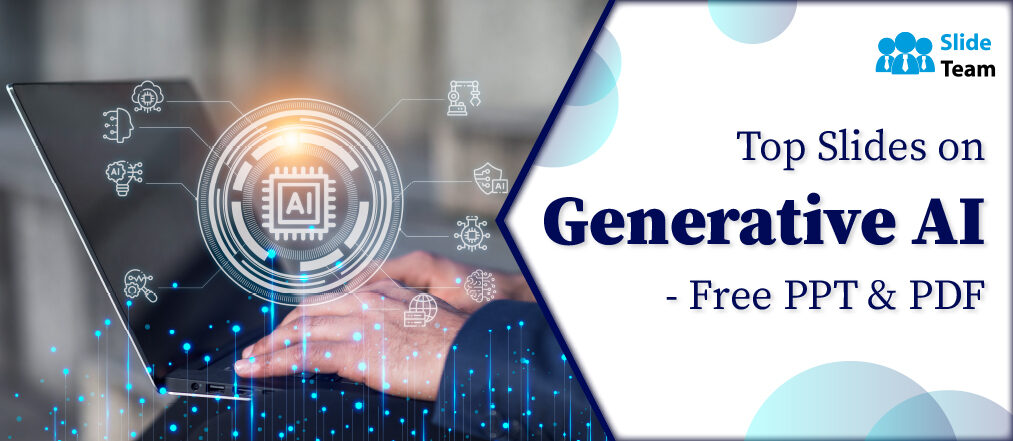


 Customer Reviews
Customer Reviews



